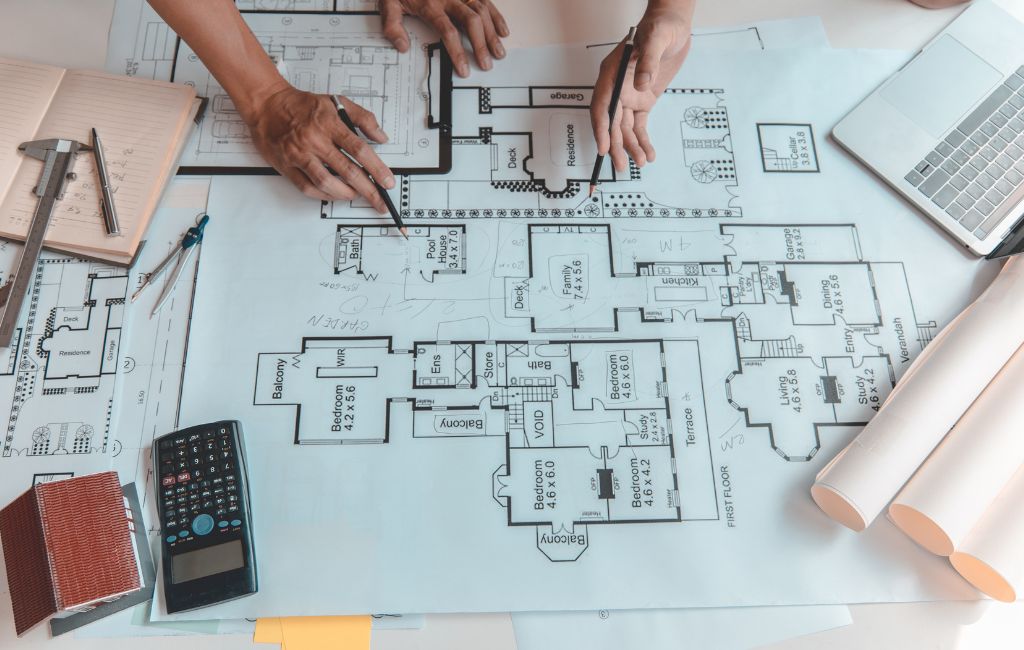Architect Crafting Timeless Structures
Architecture has always been a reflection of human civilization, capturing the essence of different eras through its structures. The art of creating buildings that withstand the test of time involves a blend of creativity, innovation, and respect for tradition. This article explores the principles and practices that enable architects to design structures that remain relevant and admired across generations.
The Philosophy of Timeless Architecture
Timeless architecture is characterized by its ability to transcend trends and remain functional and aesthetically pleasing over decades or even centuries. This philosophy is rooted in several key principles:
- Durability: The use of high-quality materials and construction techniques ensures longevity.
- Functionality: Designs that meet the needs of users without unnecessary complexity.
- Aesthetic Appeal: A balance between form and function that creates visual harmony.
- Contextual Sensitivity: Respect for the surrounding environment and cultural heritage.
Historical Examples of Timeless Structures
Throughout history, certain structures have exemplified the principles of timeless architecture. These buildings continue to inspire architects and captivate the public:
The Parthenon, Athens
The Parthenon stands as a symbol of ancient Greek architecture. Its Doric columns and harmonious proportions have influenced countless structures worldwide. Despite the passage of time, it remains a masterpiece of design and engineering.
The Colosseum, Rome
This iconic amphitheater showcases the ingenuity of Roman engineering. Its elliptical design and use of concrete have allowed it to endure for nearly two millennia, serving as a model for modern stadiums.
Notre-Dame Cathedral, Paris
Gothic architecture reached its zenith with the construction of Notre-Dame. Its flying buttresses, ribbed vaults, and stunning stained glass windows exemplify the beauty and innovation of the medieval period.
Modern Approaches to Timeless Design
Contemporary architects continue to draw inspiration from historical examples while incorporating modern technologies and materials. Some approaches include:
- Sustainable Design: Emphasizing energy efficiency and environmental responsibility.
- Adaptive Reuse: Repurposing existing structures to meet new needs.
- Minimalism: Focusing on simplicity and clarity in design.
- Integration with Nature: Blurring the lines between indoor and outdoor spaces.
Case Studies of Contemporary Timeless Structures
Several modern buildings exemplify the principles of timeless architecture, demonstrating how contemporary design can achieve lasting impact:
Sydney Opera House, Australia
Designed by Jørn Utzon, the Sydney Opera House is renowned for its innovative use of precast concrete shells. Its unique form and waterfront location have made it an enduring symbol of modern architecture.
Fallingwater, Pennsylvania
Frank Lloyd Wright’s Fallingwater integrates seamlessly with its natural surroundings. The use of cantilevered terraces and local materials creates a harmonious relationship between the building and its environment.
The Louvre Pyramid, Paris
I.M. Pei’s glass pyramid at the Louvre Museum blends modern design with historical context. Its transparent structure complements the classical architecture of the museum, creating a striking contrast that enhances both elements.
The Role of Technology in Timeless Architecture
Advancements in technology have expanded the possibilities for architects, enabling them to create structures that are both innovative and enduring. Key technological contributions include:
- Building Information Modeling (BIM): Enhancing precision and collaboration in the design process.
- 3D Printing: Allowing for the creation of complex forms and components.
- Smart Materials: Adapting to environmental changes to improve energy efficiency.
- Virtual Reality (VR): Providing immersive experiences for design visualization and client engagement.
Challenges in Crafting Timeless Structures
Despite the advancements in technology and design, architects face several challenges in creating timeless structures:
- Balancing Innovation and Tradition: Ensuring new designs respect historical context while embracing modernity.
- Addressing Climate Change: Designing buildings that are resilient to environmental changes.
- Meeting Diverse Needs: Creating spaces that accommodate a wide range of users and functions.
- Budget Constraints: Achieving high-quality design within financial limitations.
Conclusion
The art of crafting timeless structures lies in the ability to blend tradition with innovation, creating buildings that resonate with people across generations. By adhering to principles of durability, functionality, aesthetic appeal, and contextual sensitivity, architects can design spaces that stand the test of time. Historical examples like the Parthenon and modern masterpieces such as the Sydney Opera House serve as reminders of the enduring power of thoughtful design. As technology continues to evolve, architects have more tools than ever to create structures that are not only beautiful and functional but also sustainable and adaptable to future needs.
